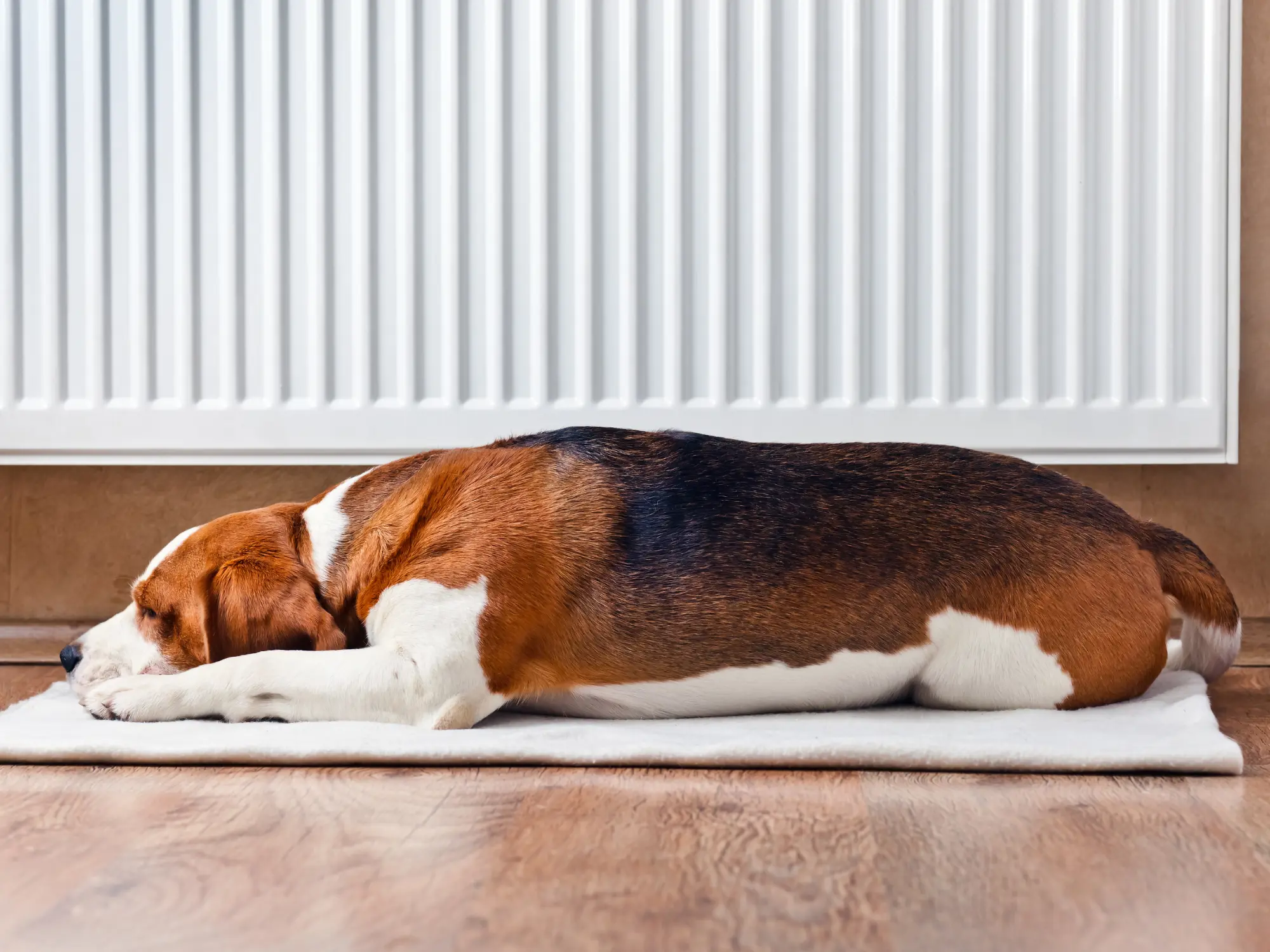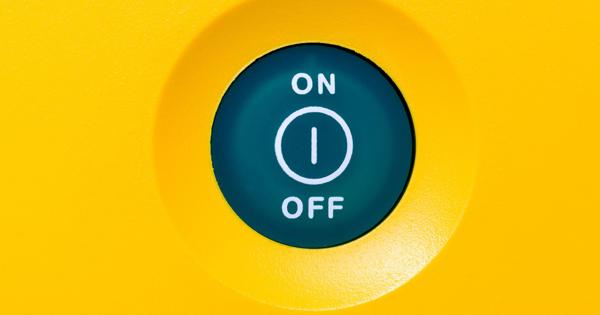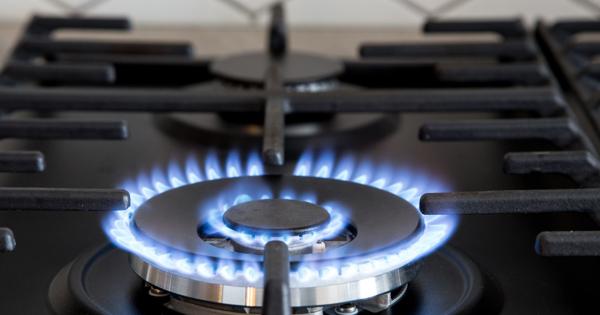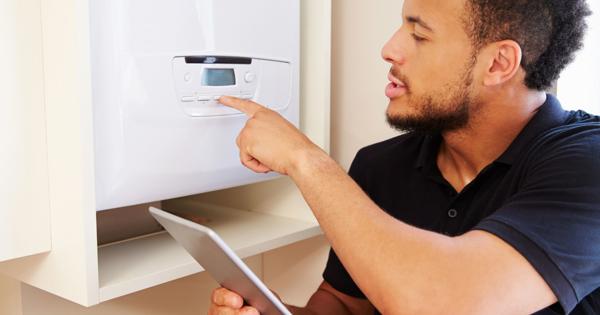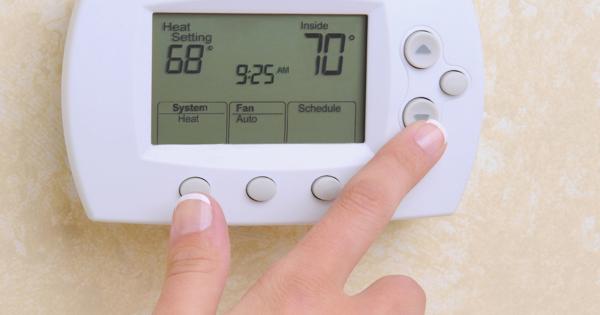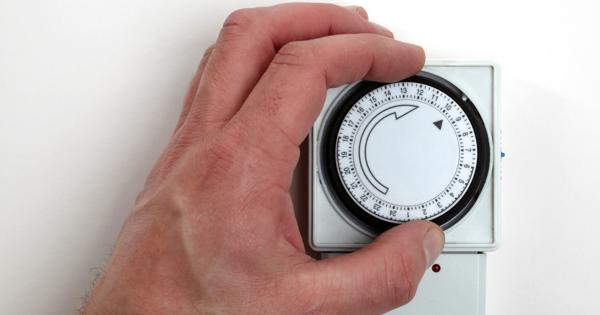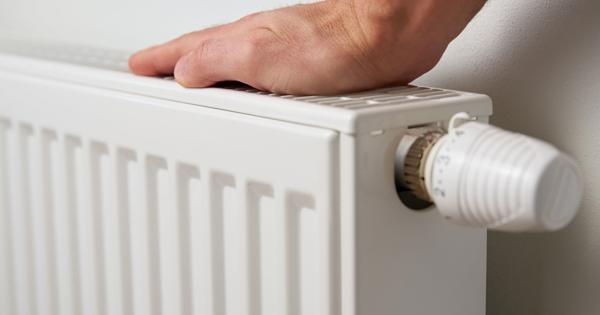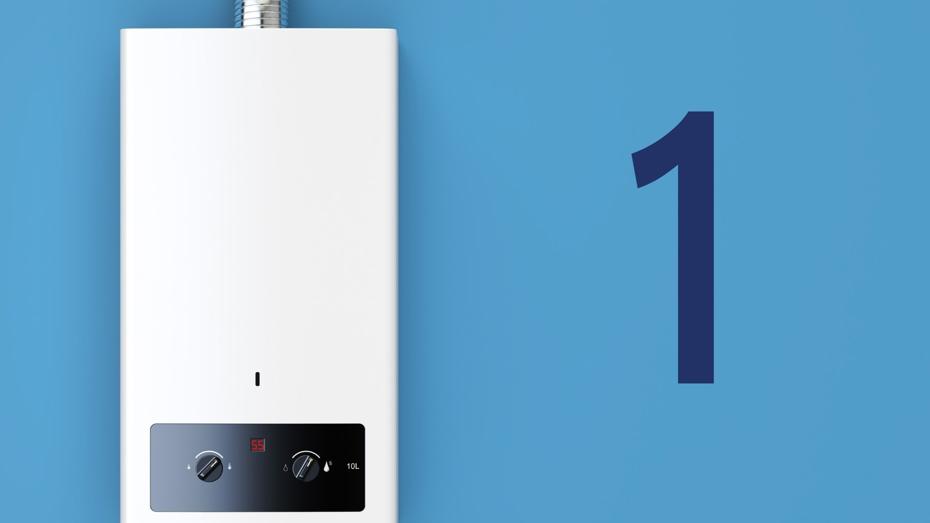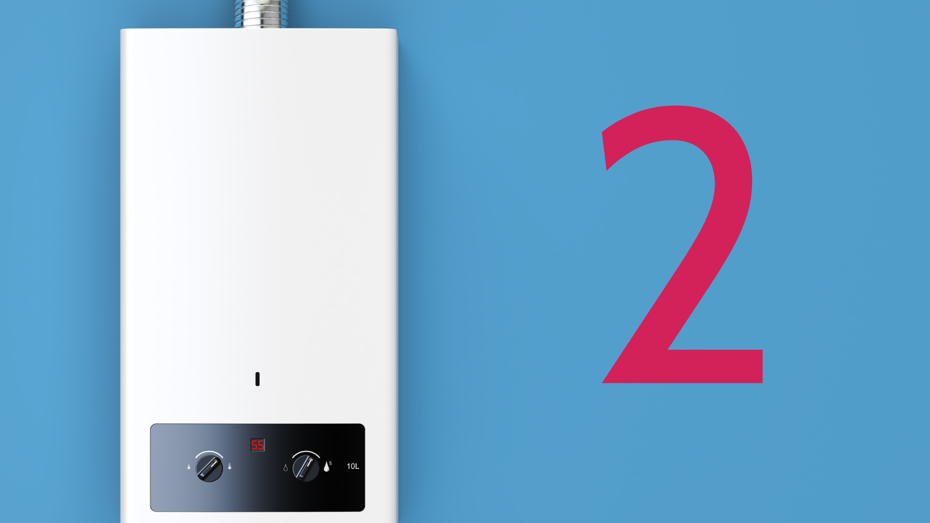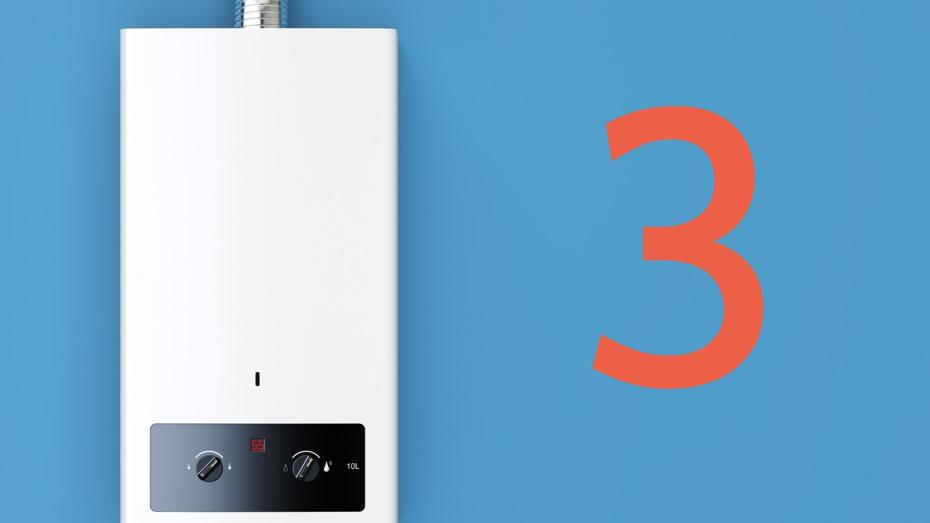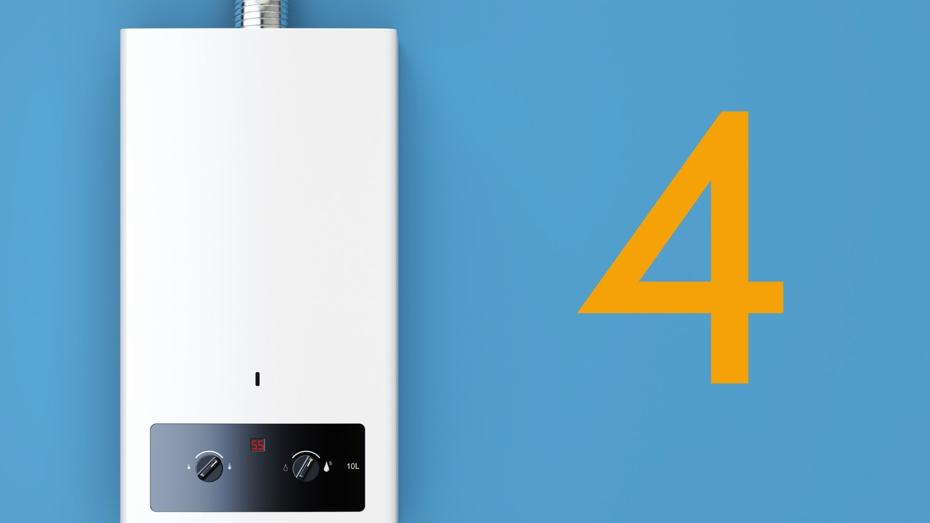Your guide to dealing with common heating problems
If your boiler doesn't come on when you expect it to, please run through the following check list before reporting to SLH.
Still experiencing a fault?
If there is still a fault on the system please report the issue using mySLH or call us on 0330 303 3000.
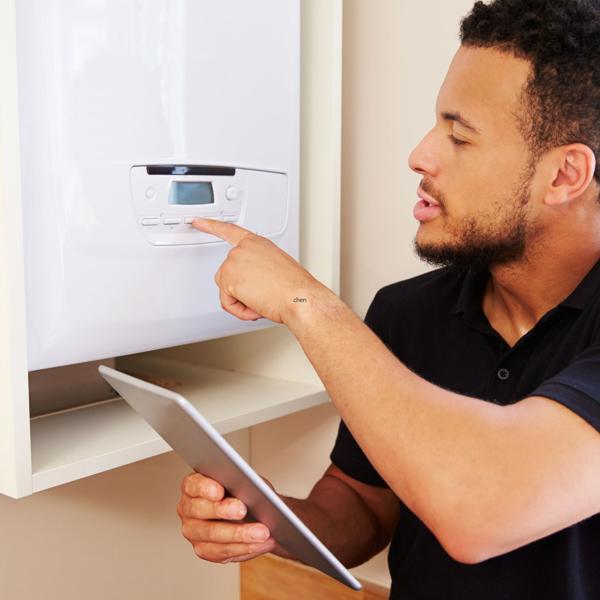
Central heating boiler guides
Here are the user guides for the main types of boilers that we fit in our homes. Please check the model of your boiler and select the correct user guide below.
-
Greenstar 4000 and Comfort+ 1 RF
pdf | 1110Kb
-
Greenstar 4000 and Comfort+ 2 RF
pdf | 886Kb
-
Greenstar 4000 and Sense 1 MT20
pdf | 1775Kb
-
Greenstar 4000 only
pdf | 673Kb
-
Comfort 1 RF
pdf | 1204Kb
-
Comfort 1 RF Pairing Guide
pdf | 727Kb
-
Greenstar 1
pdf | 877Kb
Reduce your flow temperature and save ££s
Did you know that, if you’ve got a condensing combi boiler, you can save money and make your heating system more efficient by reducing the flow temperature on your boiler?
As standard, most boiler manufacturers set their boiler flow temperature at 80 degrees, but in most well-insulated homes you can drop that temperature to 60 degrees and increase your boiler’s efficiency from around 75 to up to 95% without affecting the comfort of your home, saving you money and helping the environment too.
How to adjust your boiler flow temperature
The procedure for adjusting your boiler flow temperature will vary from appliance to appliance but the information below is a general guide. For specific instructions for your boiler, check out the user guides for our commonly-installed boilers on this page.
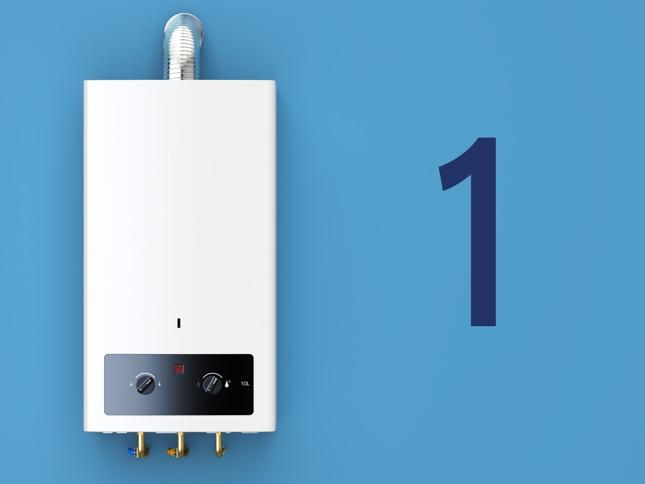
Find the panel on your boiler and navigate to the menu that controls the temperature of your heating system flow (not your hot water temperature – this is separately controlled)
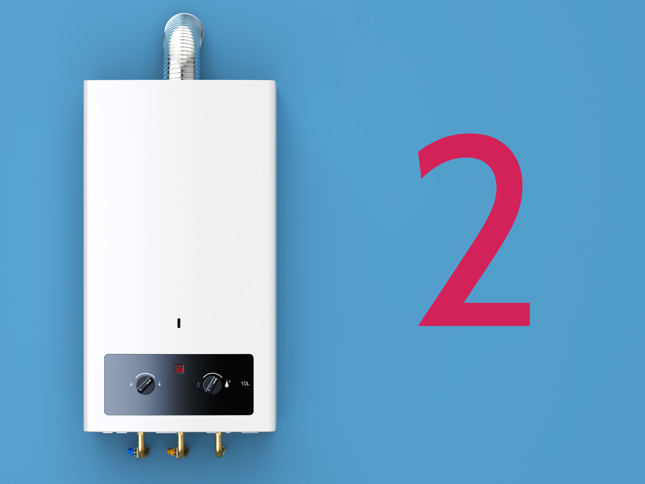
Adjust the flow temperature down to 60 degrees Celsius – you might do this with arrow buttons depending on your model.
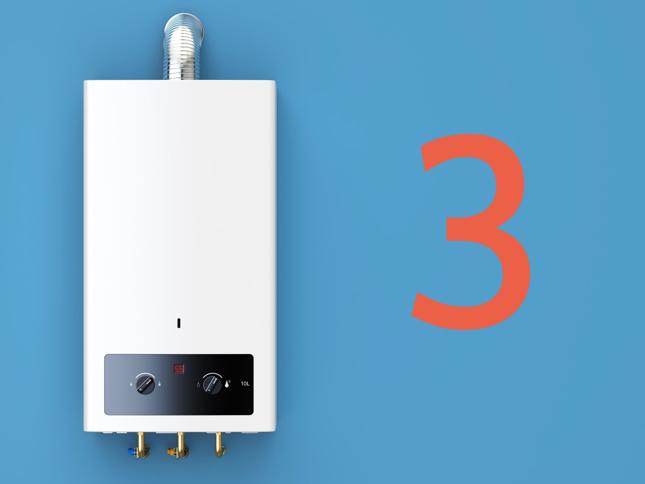
Once you’ve reached 60 degrees Celsius you may need to confirm the setting, depending on your model.
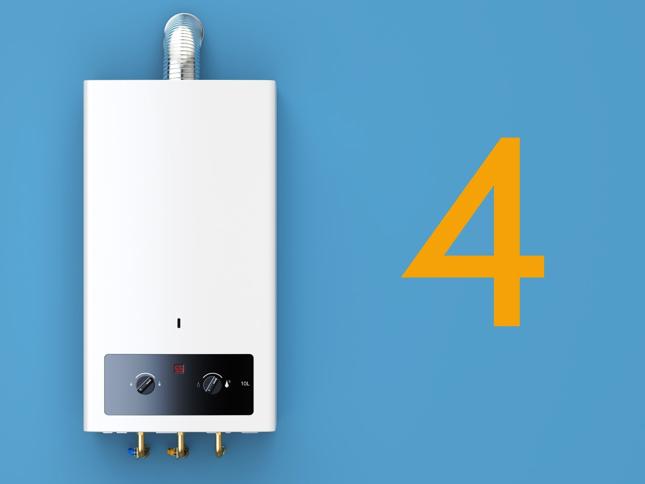
That’s it! You may find that your radiators take longer to warm up than before and the heating may stay on longer to achieve your desired room temperature. However, because you’re heating the water in your system to a lower temperature, it will still be more efficient than before.
How to repressurise your boiler
Low pressure in your central heating system occurs for several reasons. It will happen when you bleed your radiators or when there is a leak in the system. If you bleed your radiators, you will need to top up your pressure to 1.5bar as described below. If your system continues to lose pressure following the top up, chances are you’ve got a leak, so give us a call to investigate.
- First, check the pressure on your boiler. Different boilers have different pressure gauges so check the user guide for your boiler below to find yours.
- Pressure is measured in bars. If your pressure is below 1bar then it’s time to top it up.
- Switch off your boiler and allow it to cool down
- Find the fill loop attached underneath your boiler. It will be a u-shaped flexible hose with taps at either end.
- Open the taps and you will hear water entering the heating system. Wait until the pressure reaches 1.5bar.
- Switch the boiler back on to check if it fires up. You may need to press the RESET button.
- If the boiler doesn’t fire up, then there may be another problem. Follow our six-point checklist above and if you’re still struggling call us on 0330 303 3000 and we will arrange for a gas engineer to come and investigate.

